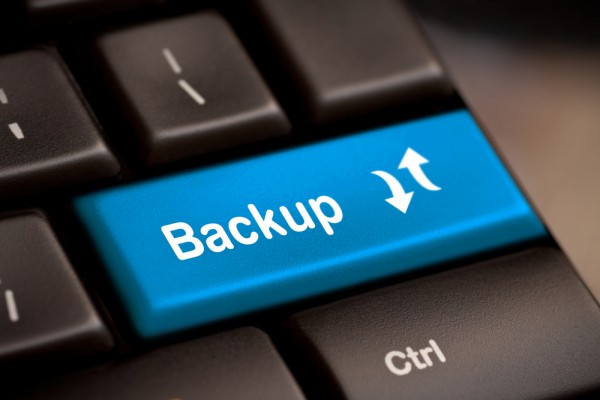Just because you have a backup strategy it doesn't mean you can recover data

Almost all (99 percent) of IT decision makers say they have backup strategies in place, but 26 percent admit they were unable to fully restore all data or documents when recovering from a backup.
These findings come from a survey conducted for encrypted USB drive company Apricorn by Vanson Bourne, which also finds that 27 percent have automated backups to both central and personal repositories.
However, almost 60 percent have automated backup to a central repository only. "This is concerning, as using the cloud (or any storage repository) as the sole backup location risks costly business disruption if a business suffers a cyberattack or a technical issue that renders that service or their data unavailable," says Jon Fielding, managing director EMEA at Apricorn.
The study also shows 15 percent of surveyed IT decision makers say the biggest problem with implementing a cybersecurity plan is not having a sufficiently robust backup in place to allow rapid recovery from any attack. Yet over 70 percent have had to recover data from a backup and 26 percent suffered data loss, with respondents admitting to only being able to recover some data/documents or being unsuccessful because they didn't have robust backup processes in place.
"Backups are essential, but backups that work are even more so," says Fielding. "Organizations need to embrace the '3-2-1 rule': have three copies of data, on two different media, one of which is offsite. This appears to have been heeded by some, given the use of both personal and central backups, but there’s still work to be done. A rounded backup strategy that has encryption at its core plays to the strengths of each storage location within the process. However, the recovery process must be rigorously and regularly tested to ensure full data restoration can be achieved in the event of a breach."
You can find out more about best practice for backups on the Apricorn blog.
Photo credit scyther5 / Shutterstock
